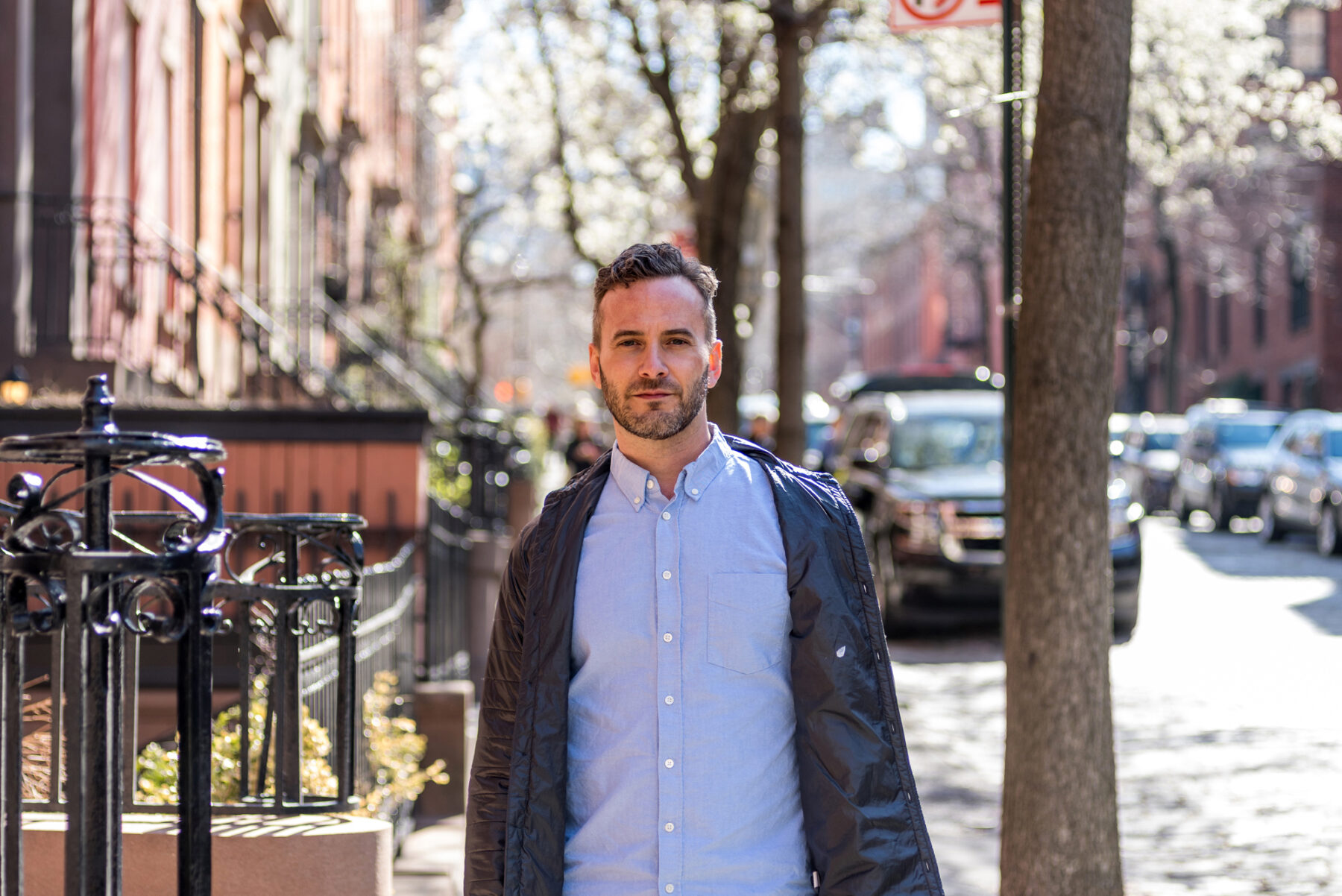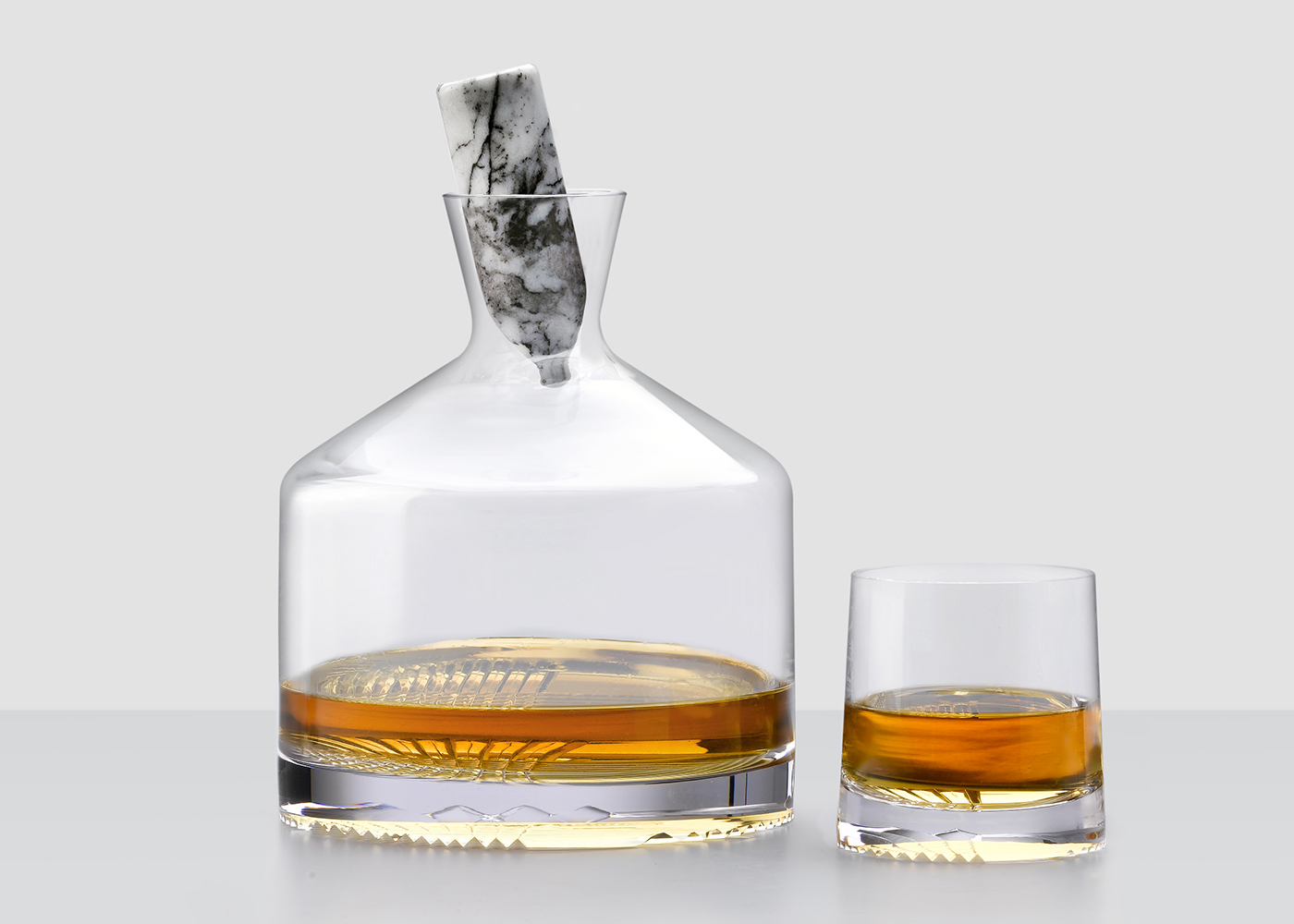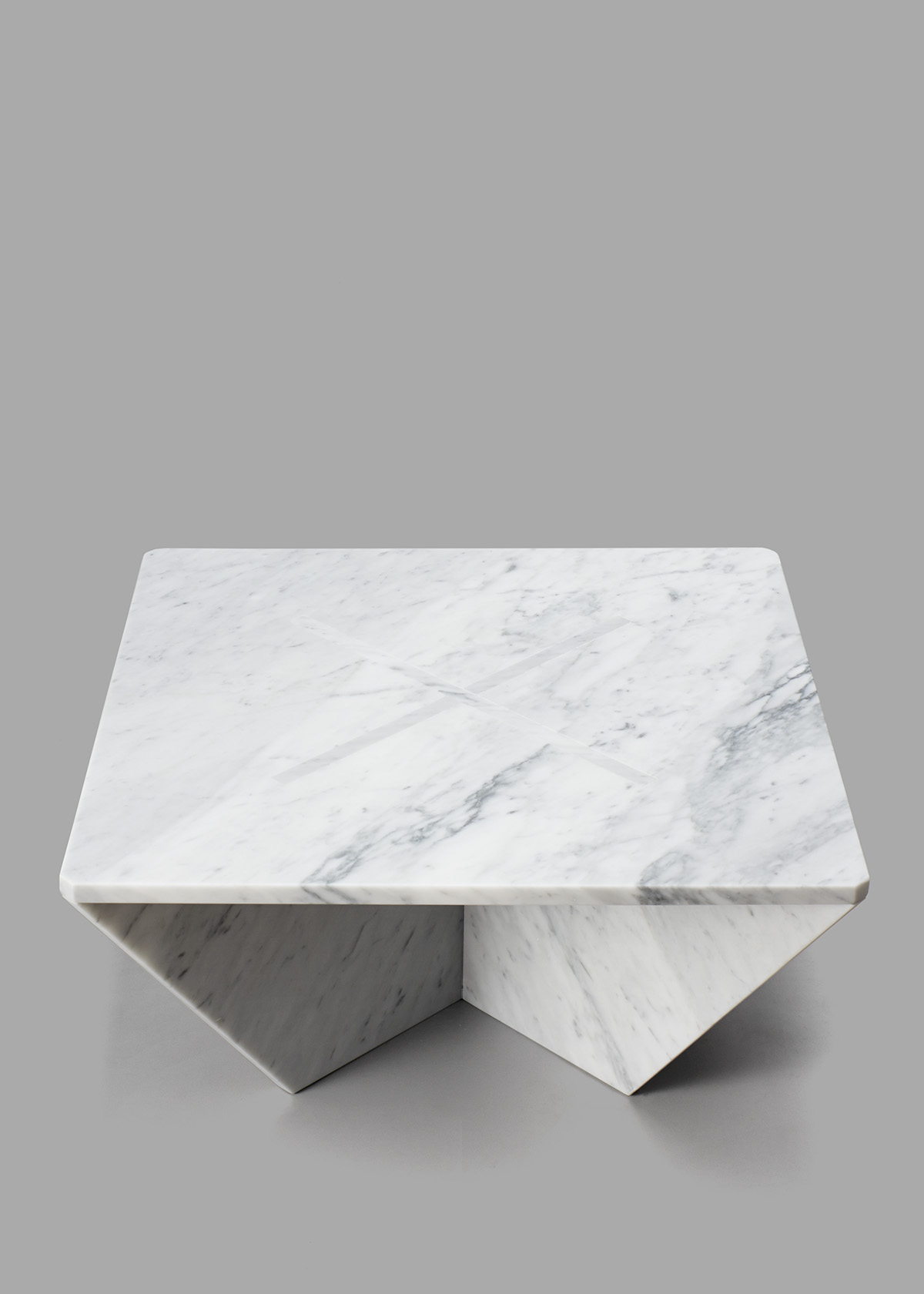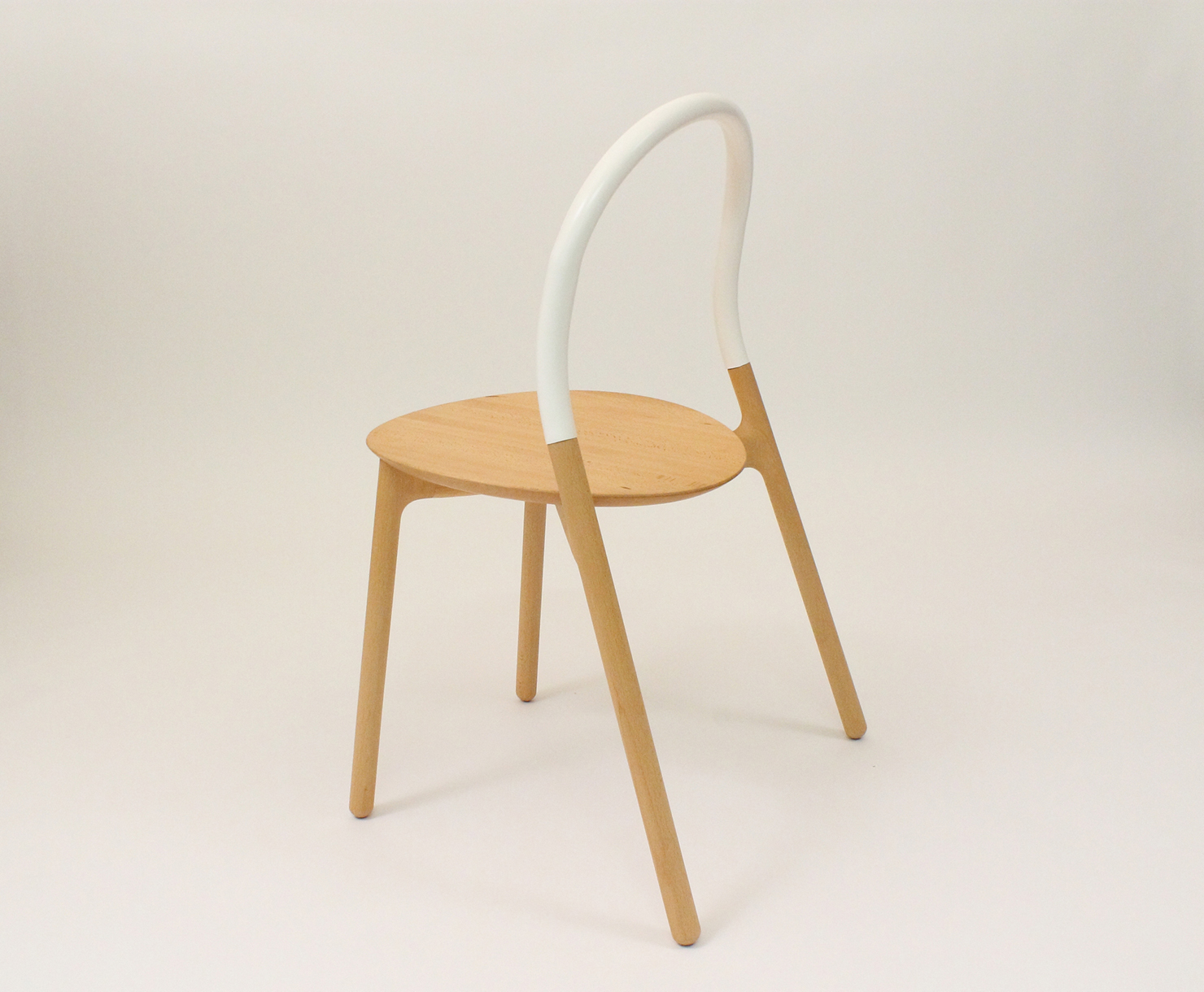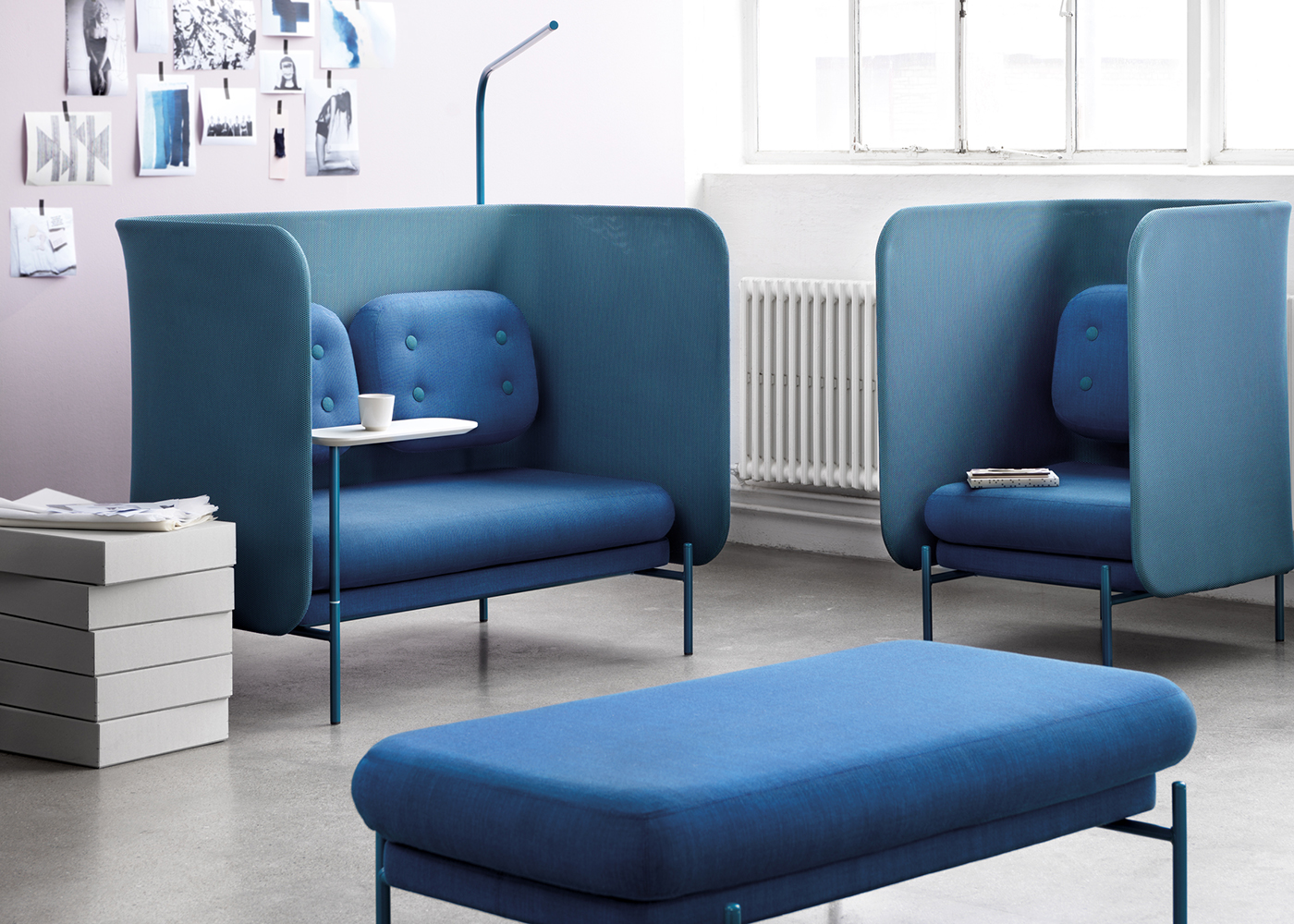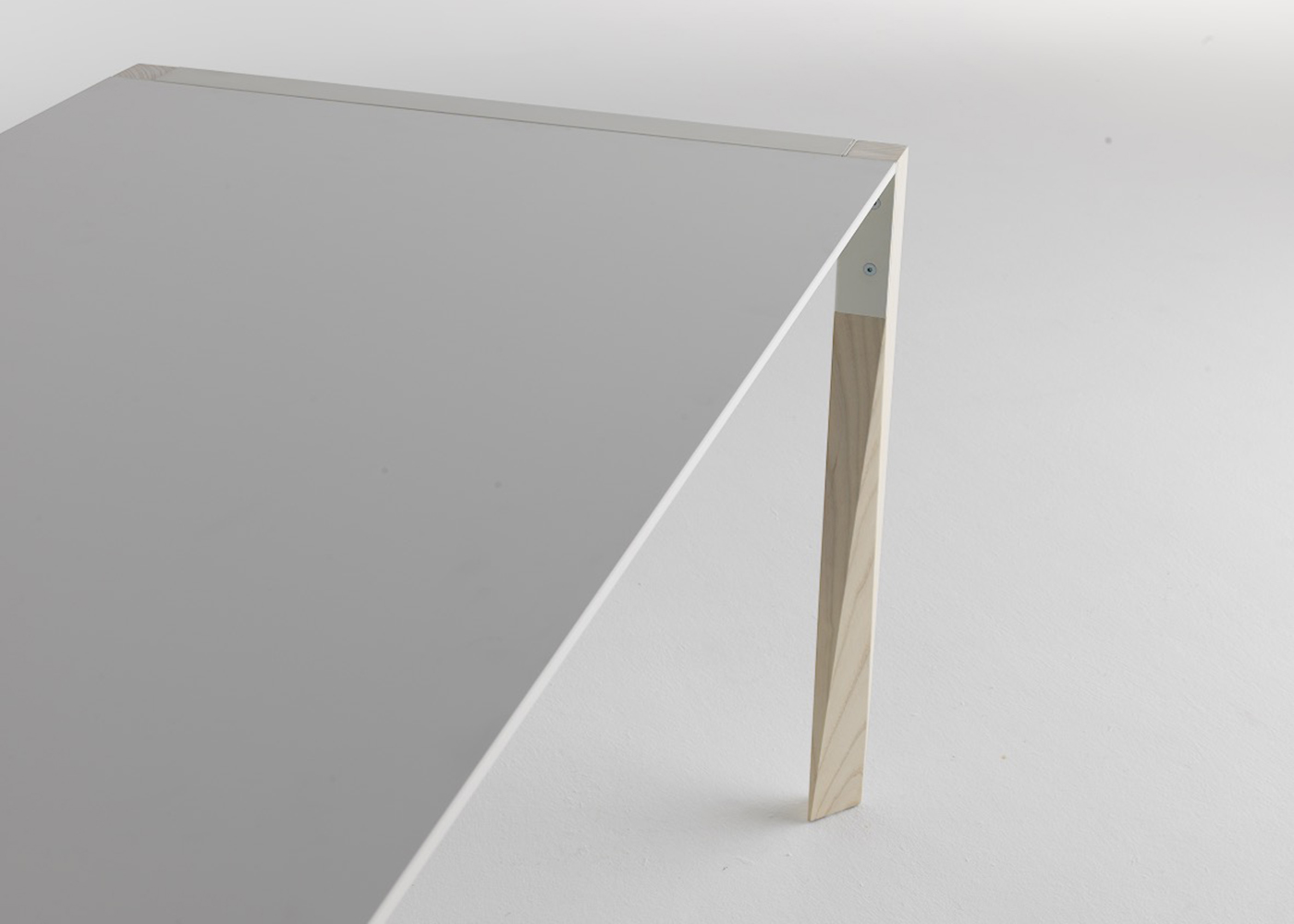Enter Joe Doucet’s Brooklyn Heights home on a weekday morning, and signs of family life are abound. On one such day, for instance, there’s a stroller parked near the door. Inside, the designer’s four-year-old daughter, sits happily playing with an iPad on the couch. Joe observes, beaming. “You should see the things she can do with it,” he says.
This appreciation and encourageable embrace of technology isn’t surprising. Joe—whose award-winning, multidisciplinary practice boasts clients including Coca-Cola, BMW and Swarovski—has garnered a reputation over the years for forward-thinking work. His latest endeavor, a company called OTHR, uses emerging technologies like 3D printing to create top-quality (and eco-conscious) home goods in collaboration with some of the design world’s most talented modern visionaries. It’s a company he and his coworkers say represents the very future of the industry.
While Joe speaks with unmistakable excitement about this project, it’s clear he’s just as delighted by his commitments at the end of the workday as well. He, his wife, and their two children have lived on their Brooklyn brownstone-lined block for two years now, just a stone’s throw from Dumbo. Though a lot has changed since he arrived, much has remained consistent. He’s ambitious, enthusiastic and ever curious.
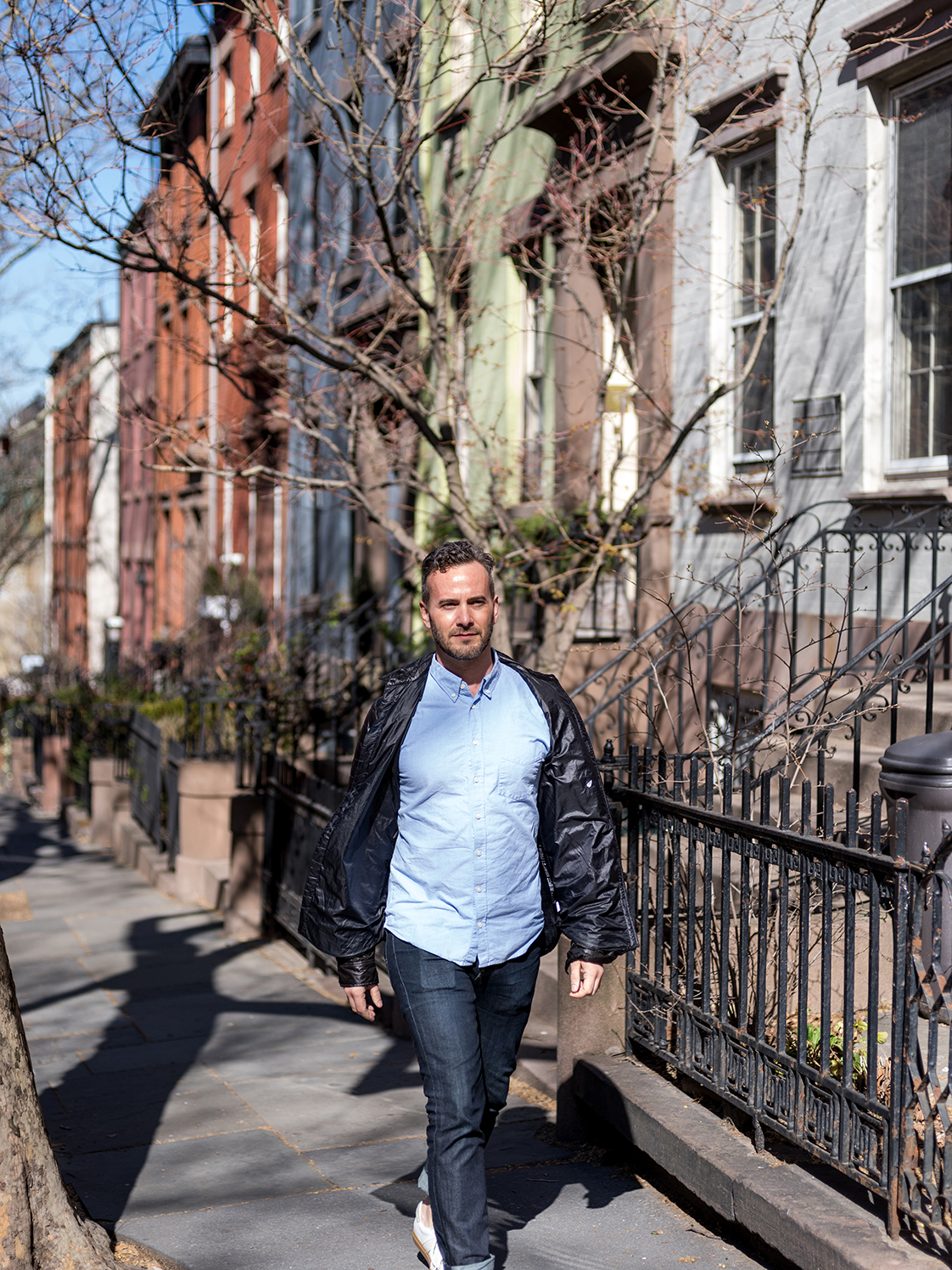
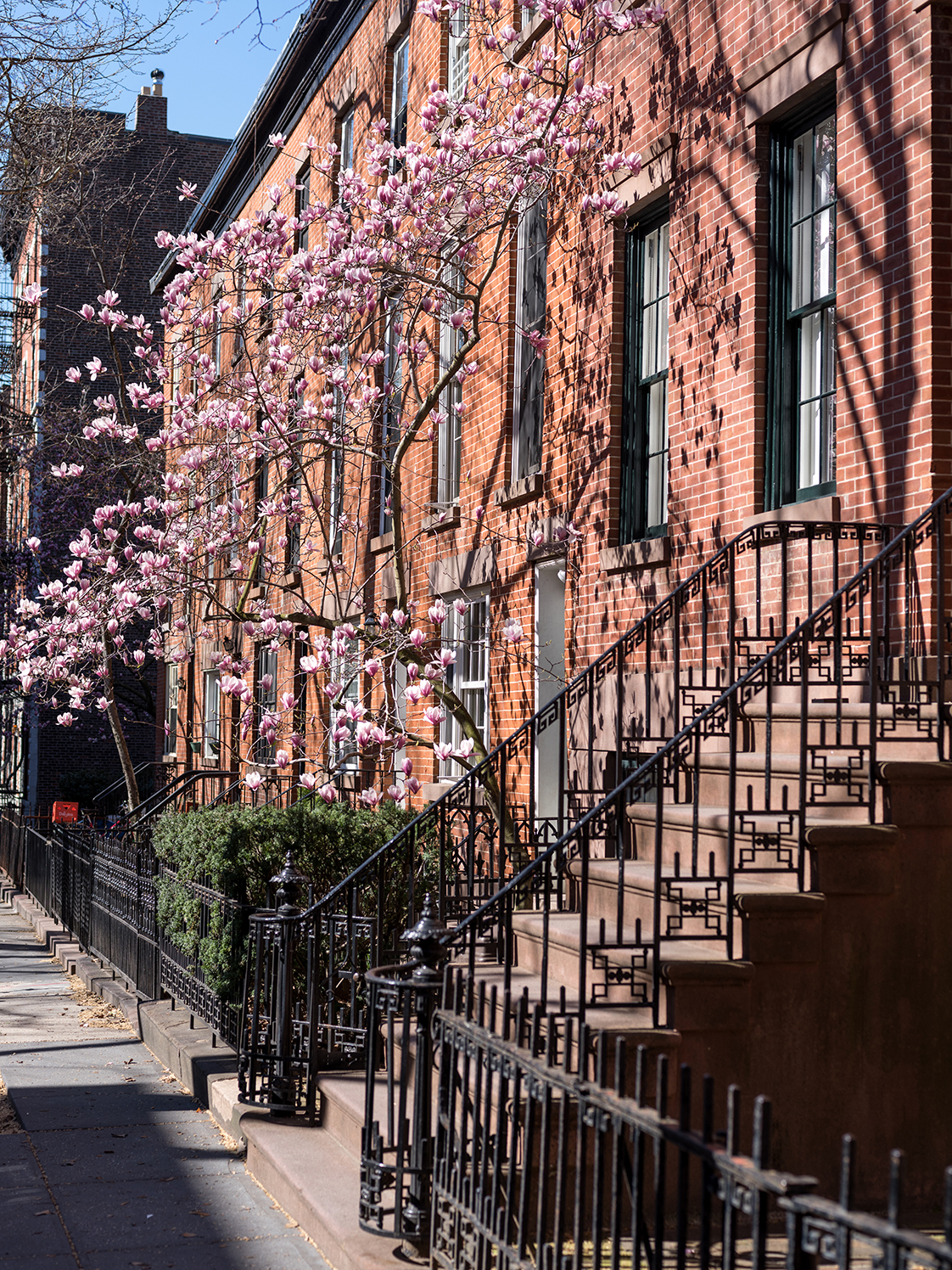
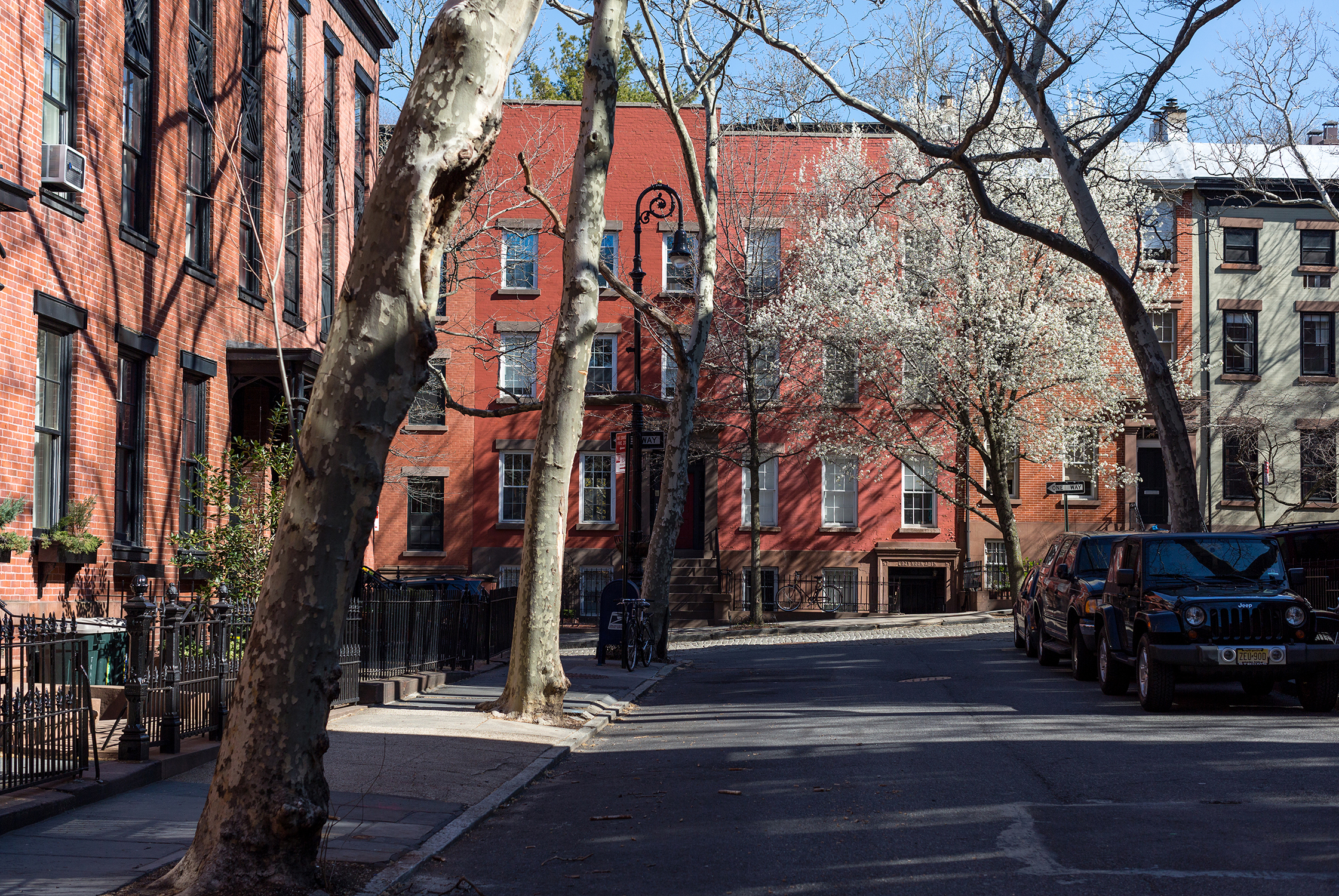
-
Tell us about the first object you ever designed.
As a child, I had a few stuffed animals that I really loved and carried with me everywhere. One day I fastened my father’s suspenders to a brown paper bag, clipping them to the top and bottom. It was my first backpack. I would put the animals in and carry them around. It was a natural act for me. Of course, then, I didn’t consider it creating a design—I just saw a need for something, and it seemed natural that I would make it.
-
Today, your portfolio features a mix of identity and product design, furniture, architecture and more. How did you become interested in design as a career?
My background is in Communication Design, which is what I studied at ArtCenter College of Design. I was taking a class—a packaging class or something that you have to take—which I wasn’t really all that into. That was when I decided that I didn’t just want to find an object and package it. I wanted to make the object. It was there that I fell in love with the idea of controlling all aspects of something—the entire experience.
-
Can you elaborate on what you mean by that? The idea of the entire experience—branding and packaging and creating a brand narrative—is a big deal in design right now.
A true identity designer has to think about what their choices communicate. It’s not about making pretty forms or ‘is this a great color?’ It’s messaging. If I choose this color versus that, I’m talking to a slightly different audience; if I choose this typeface versus that, I’m telling you something different. It’s a different way of viewing the brand. Everything is about communication, so the choices you make are quite deliberate. What I did was apply that methodology to creating product.
“New York always completely energizes me. I have no desire to live anywhere else.”
-
You went to school in California. What drew you to New York City?
I moved here blindly. I was offered a job after graduating, and I took it. It was only about 12 hours before I’d fallen in love. There’s a vibrancy, a movement and a visual stimulation to this city, and as a result, I’ve never become bored with it. And I’m a person who gets bored very easily. New York always completely energizes me. I have no desire to live anywhere else.
-
You’ve been in Brooklyn Heights now for two years. Any favorite destinations there?
I really enjoy the waterfront park, which is about a block away from my home. It’s just a wonderful, meditative place to walk by the water. It offers the most amazing views of Manhattan. I find it quite inspiring.
-
Tell us about OTHR, and how the idea for the company arose.
Three years ago, I was working on a cutlery set, and like many designers, I ordered some 3D prints made out of plastic to get an idea for how the pieces felt in the hand and to make certain that the scale was right. At the time, there was this brand-new technology that allowed you to create a 3D print in stainless steel, so I ordered a fork. It was about $250 and it was terrible. The quality was so poor and the resolution was low, but even still, it was a fork. It was useful.
I did a calculation and figured that in 2016, the price and the quality of a 3D printed object like that one would finally intersect in a way that allowed you to make a viable model of high-end 3D printed design. That was when I set out on a course of building a business plan, bringing in venture capitalists and a great team to execute the idea. Now, I’m in my fourth year of working on the project.
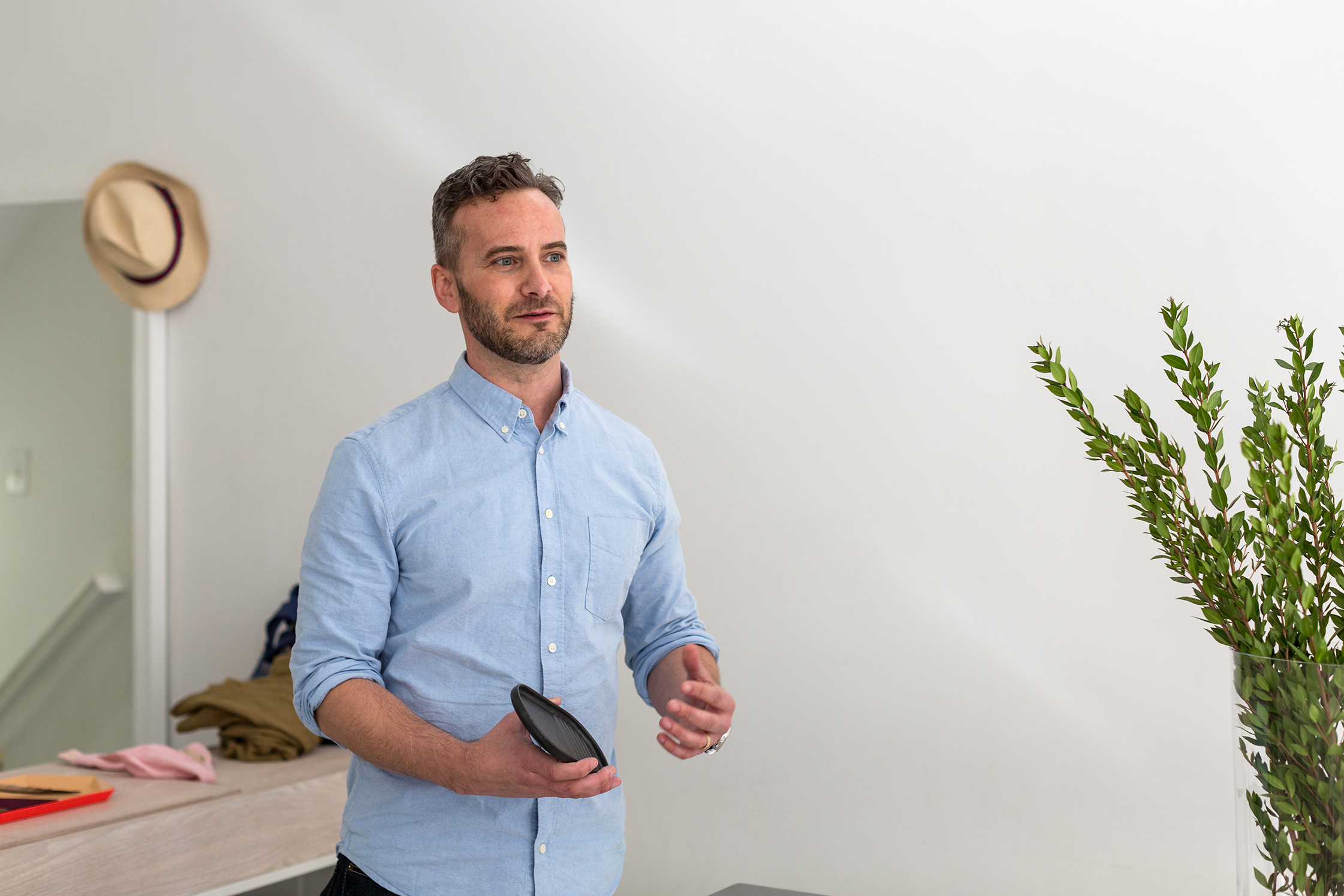
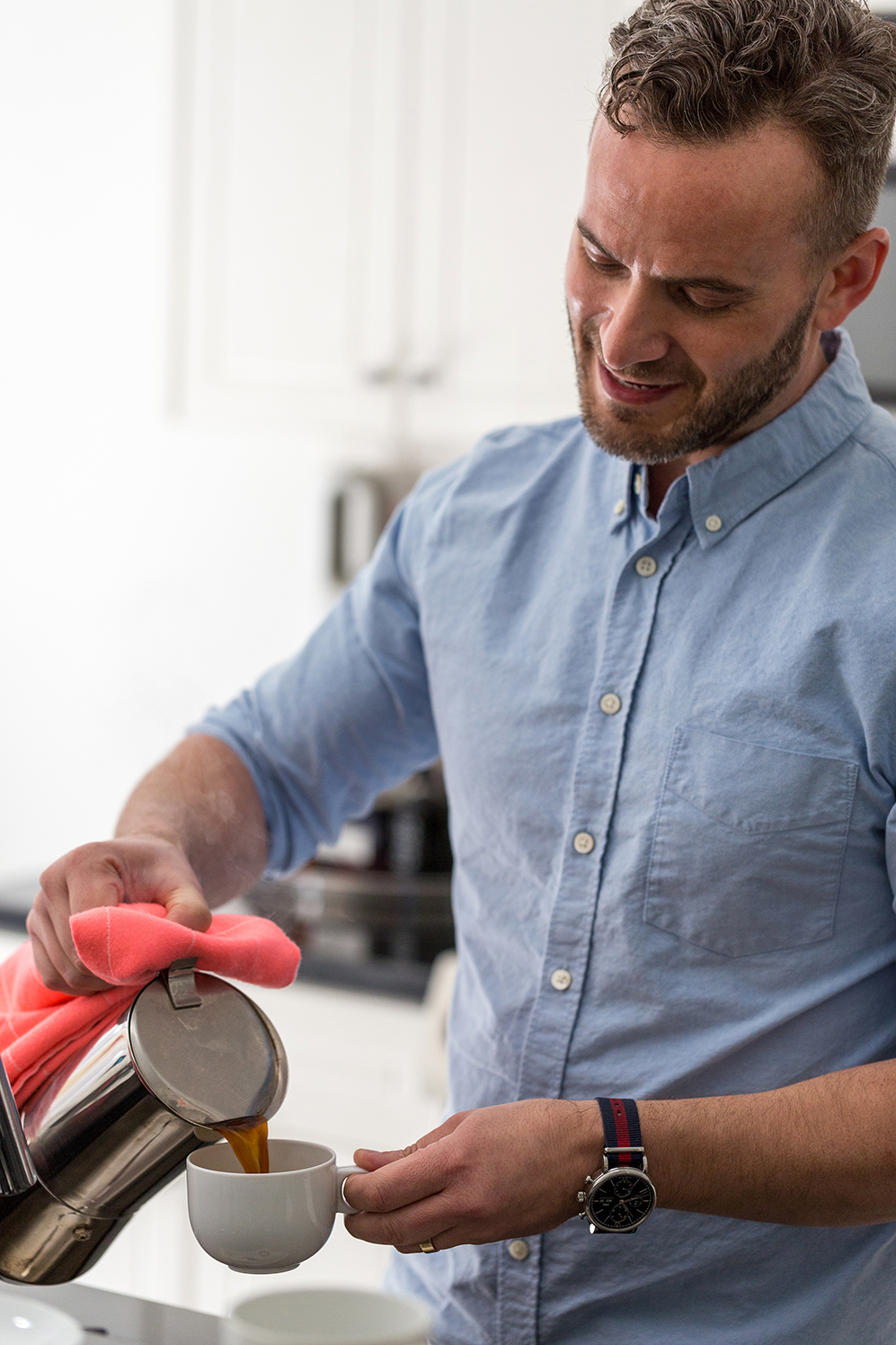
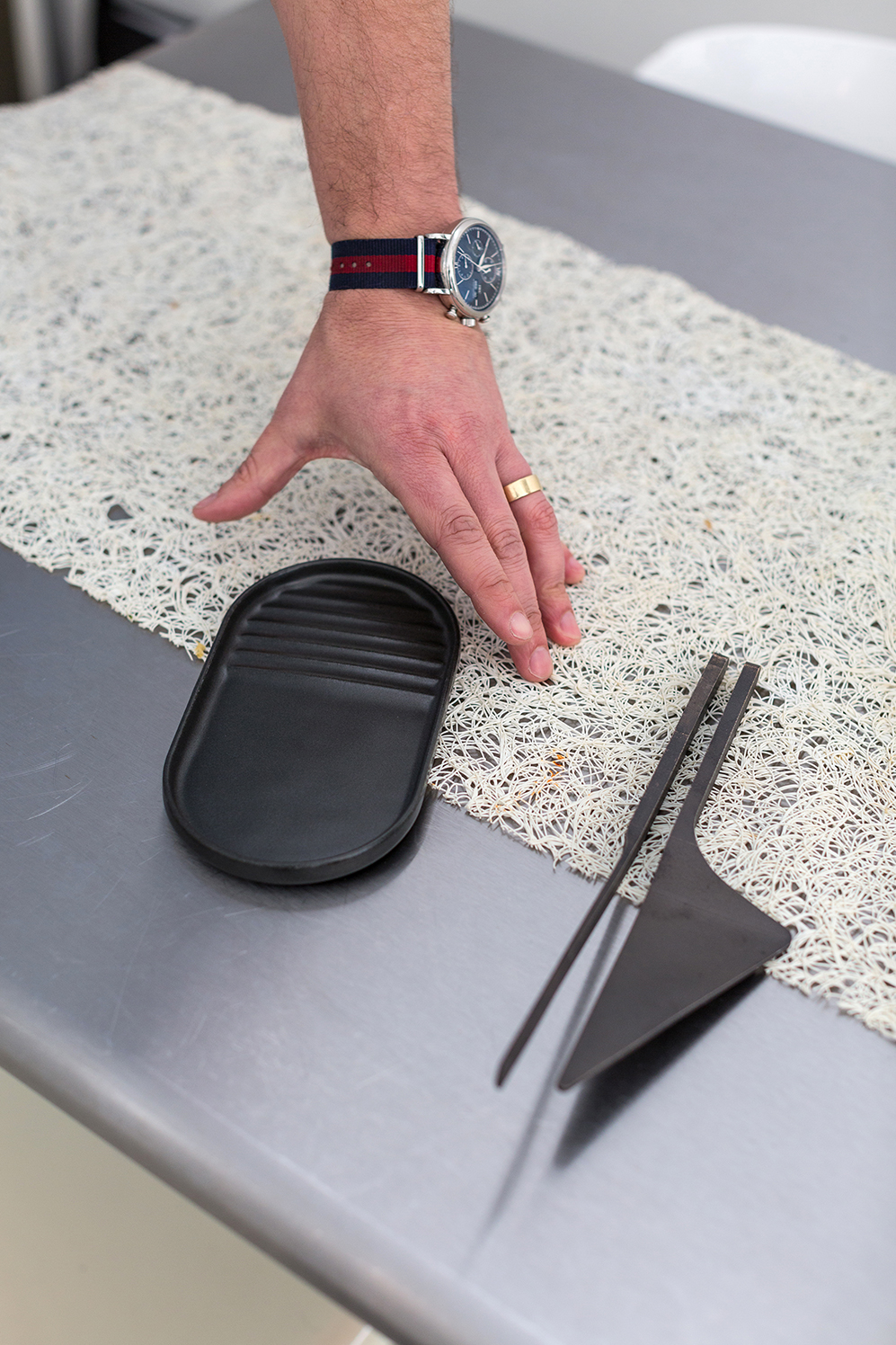
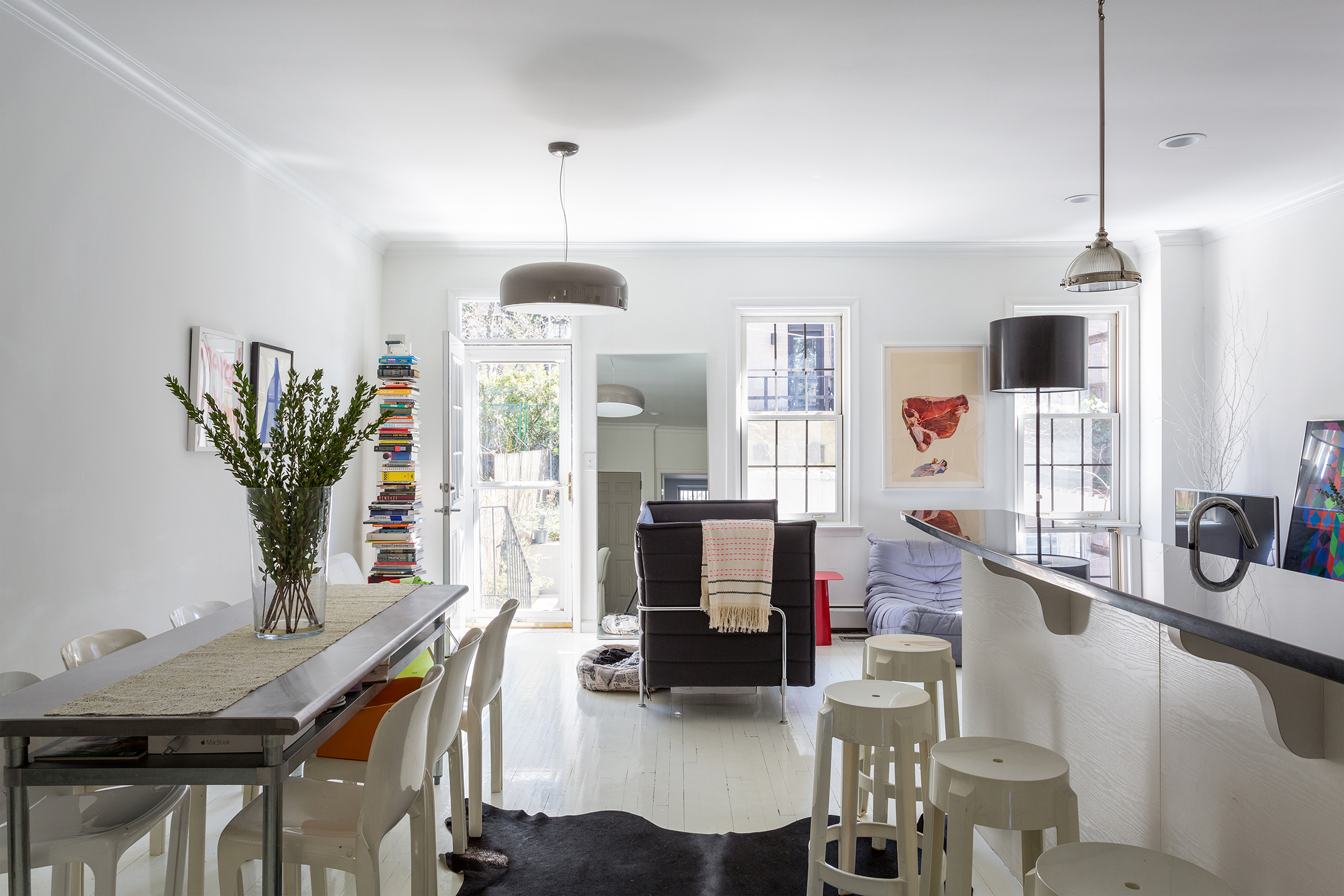
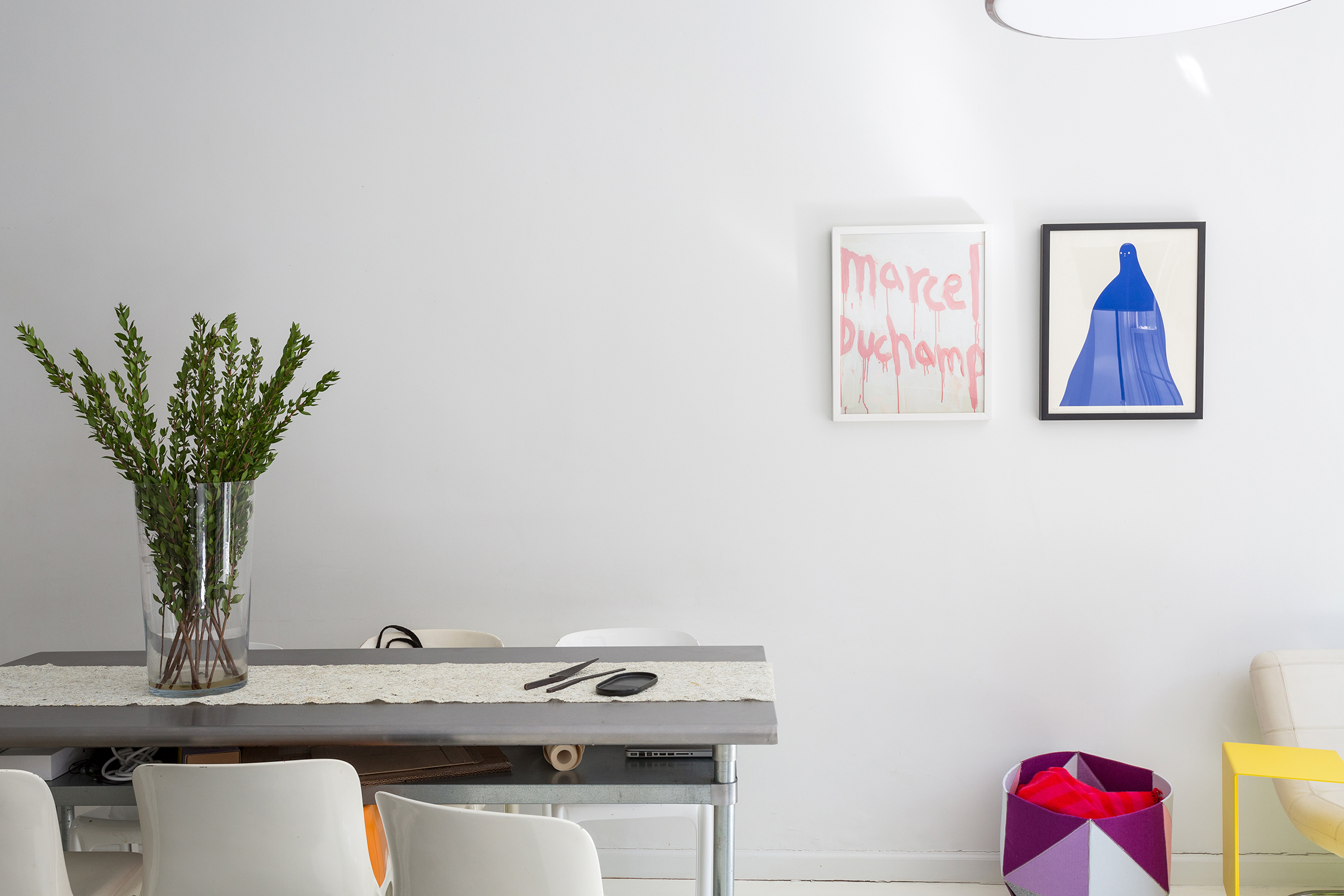
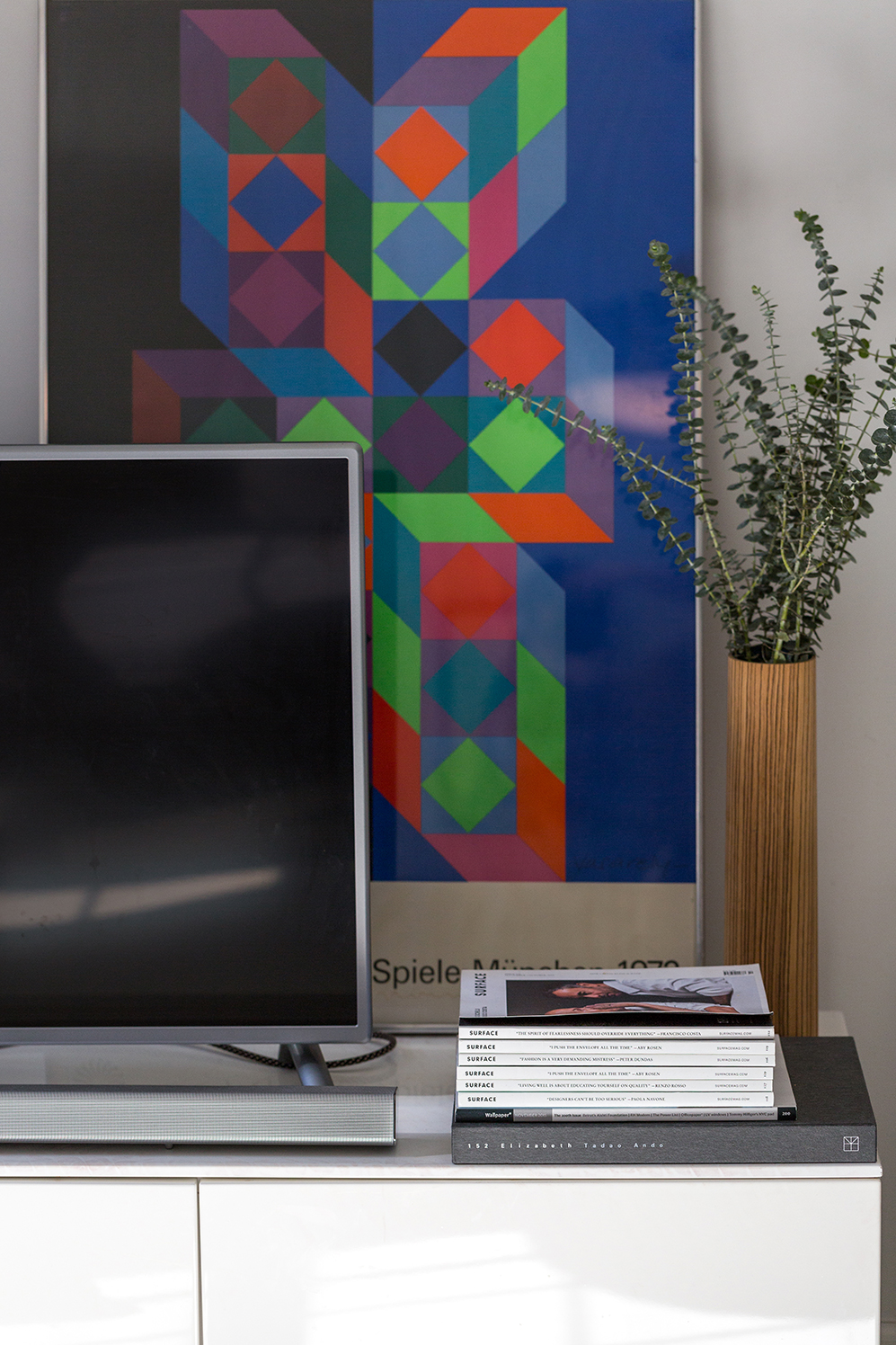
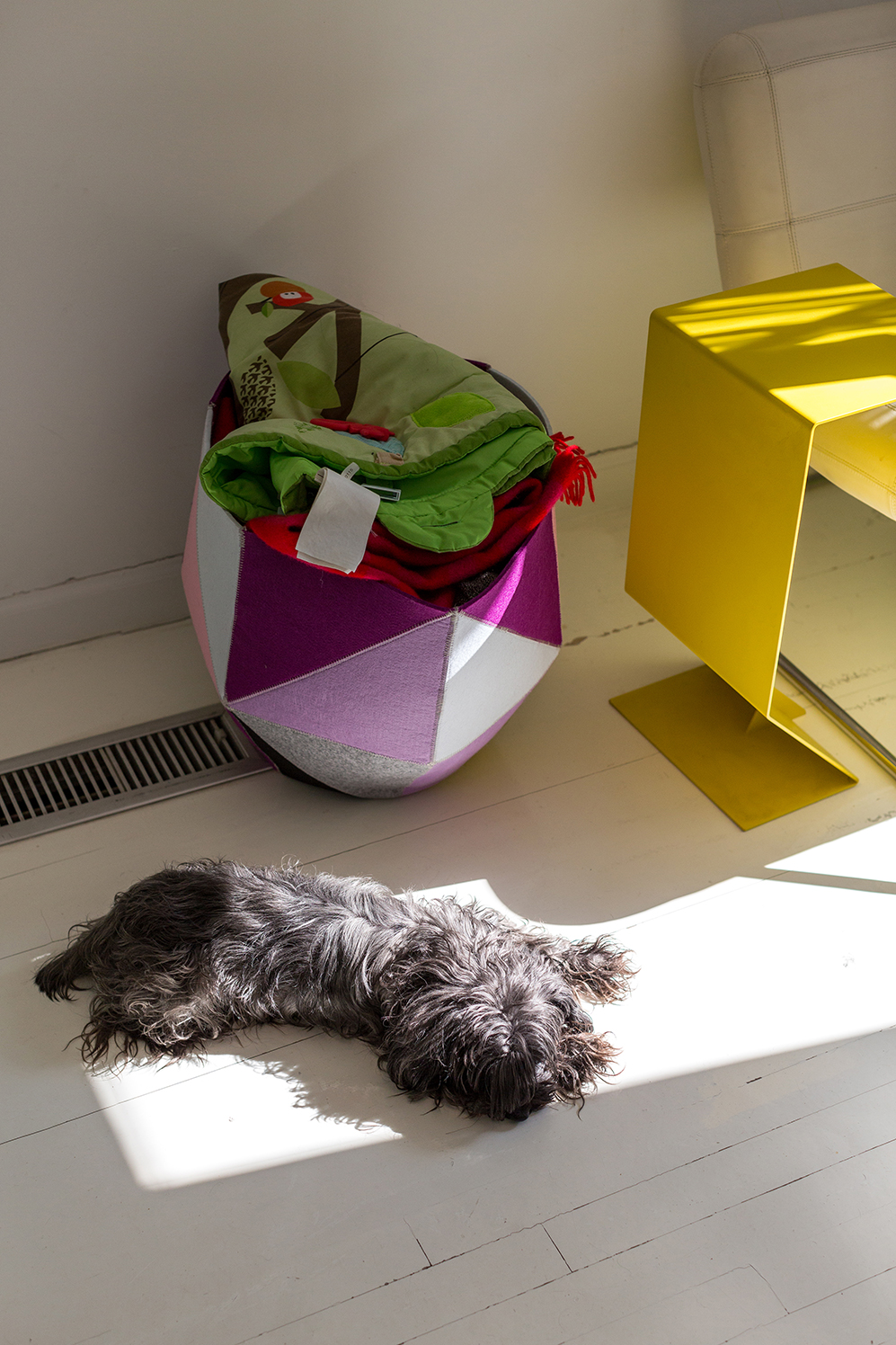
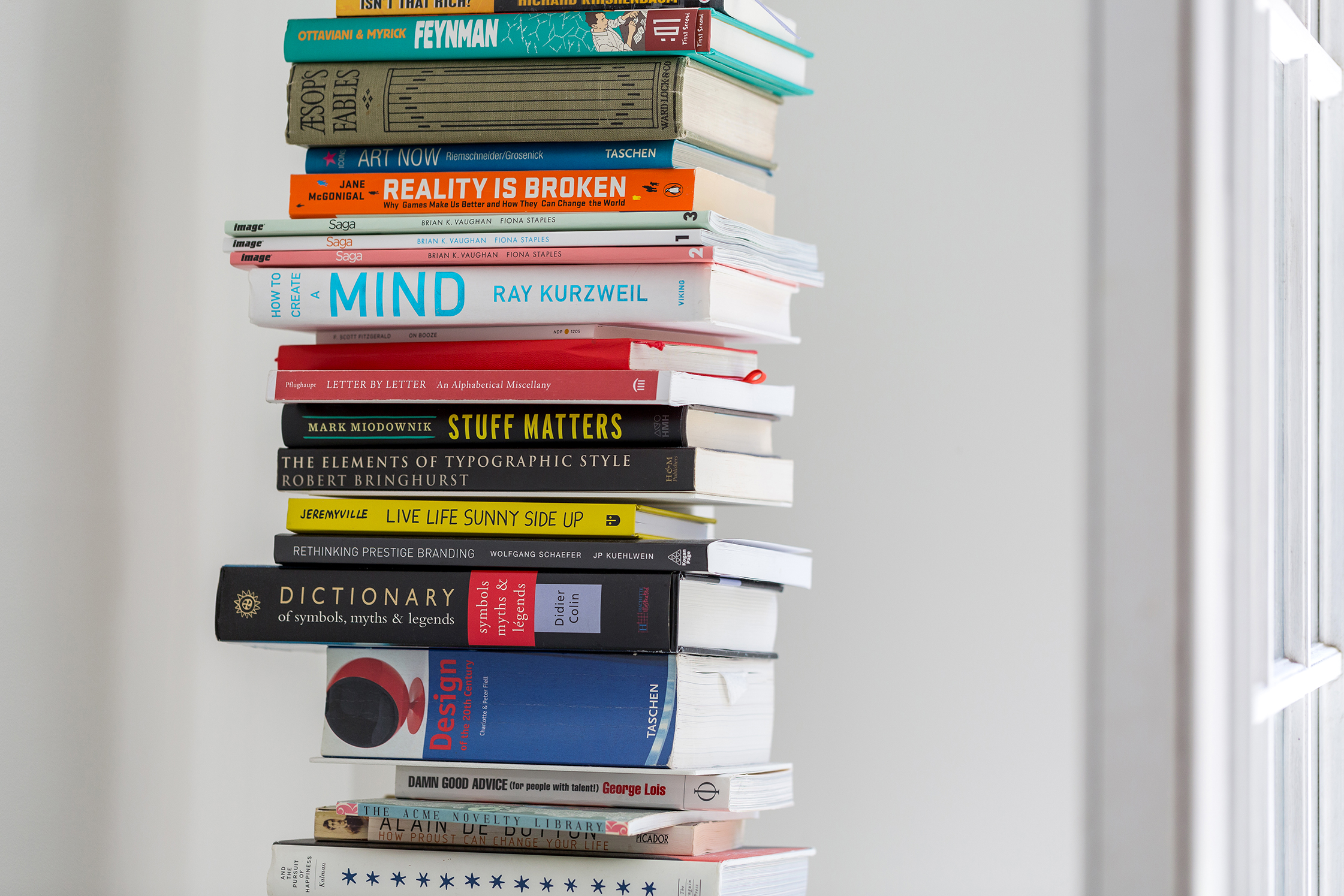
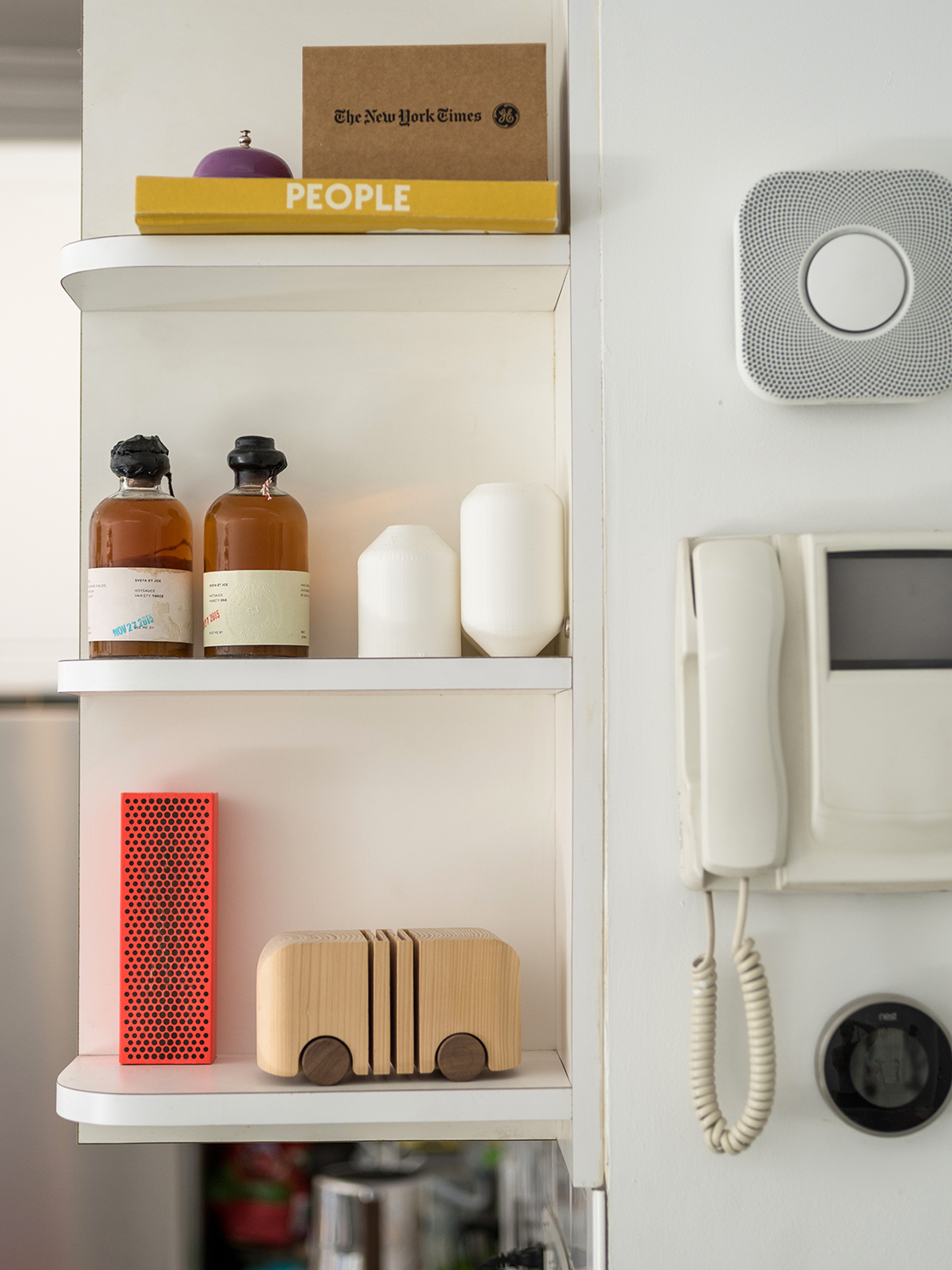
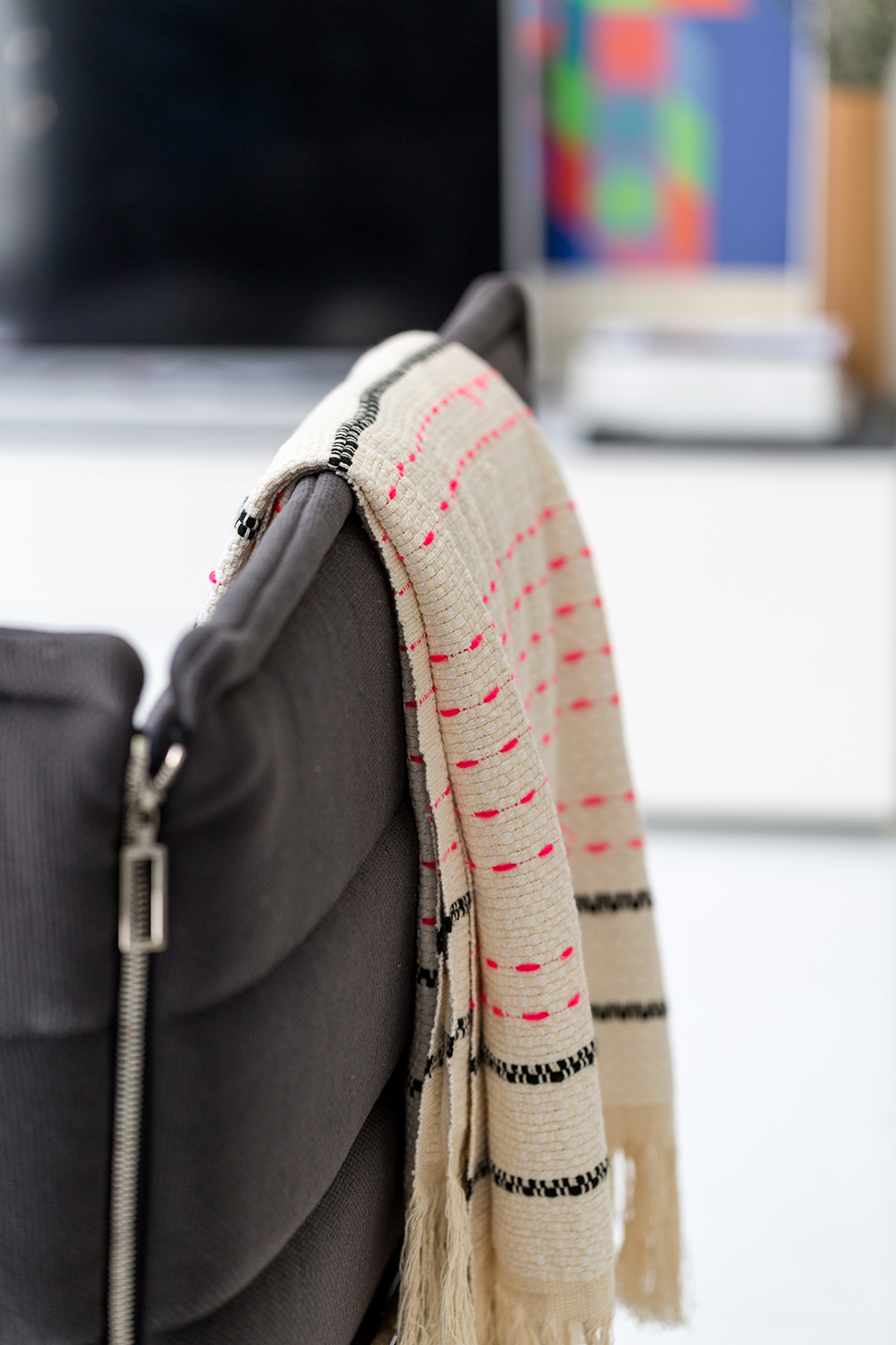
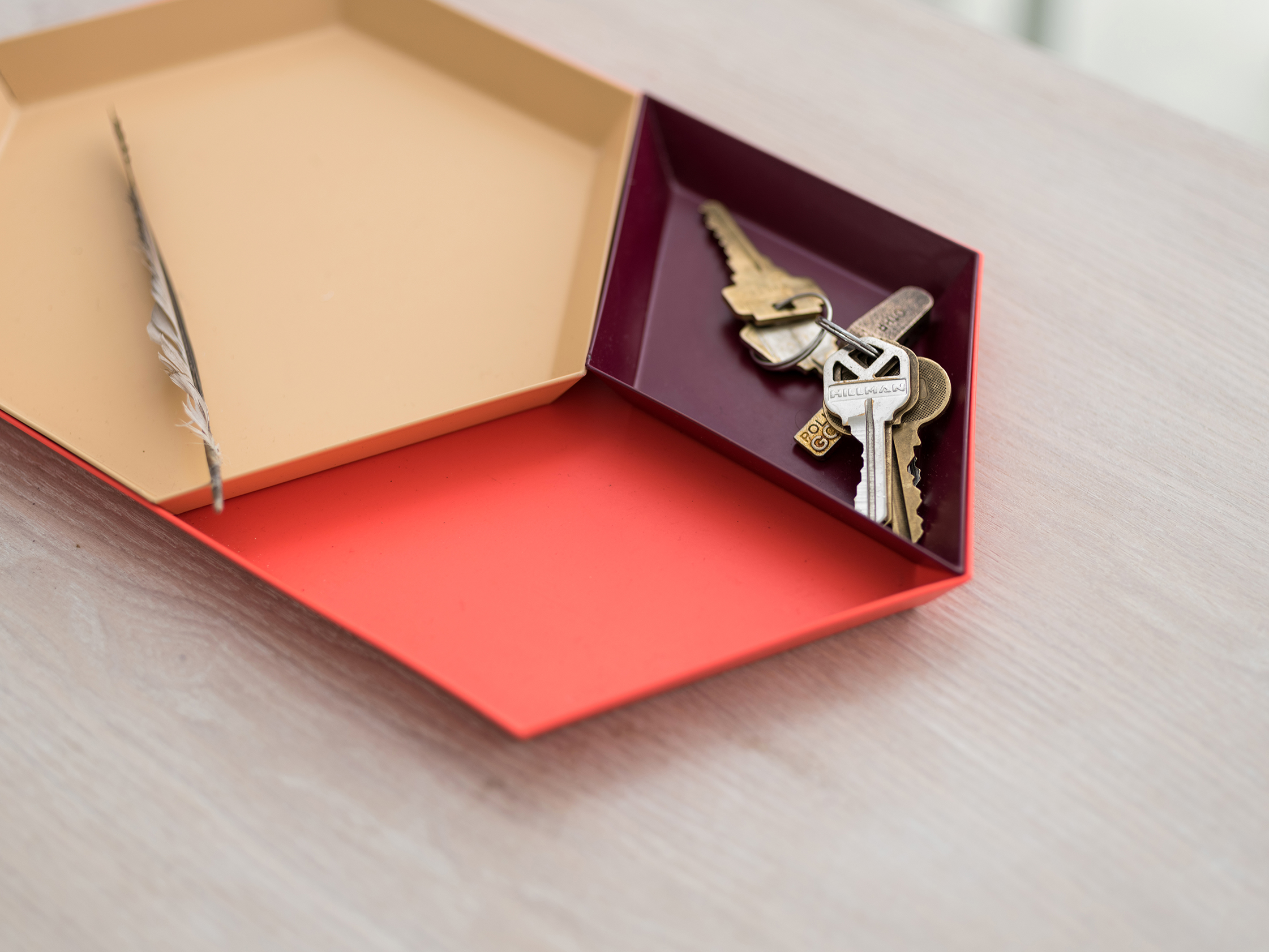
“What’s maybe most interesting about the model is that it’s the most environmental form of manufacturing ever devised by modern man…It’s a beautiful thing.”
-
What excites you most about the platform?
We want to give a voice to great design and do it in a really responsible way. That’s why we use technologies like 3D printing and materials like steel and porcelain, which allow us to bring great products into the world with zero environmental harm. We’re not having to fabricate in China and ship halfway around the world. These things don’t exist until you buy them, so we’re reliant on our designers to create amazing ideas and products that are really worthy of existence. It’s a heavy brief. We’re tasking them with creating the first artifacts of the third industrial revolution.
I believe designers are going to be craftsmen of intellectual property in the very near future, and we’re just getting ahead of that. We celebrate craftsmen. And, what’s maybe most interesting about the model is that it’s the most environmental form of manufacturing ever devised by modern man. Whatever the object is, it’s just an idea—there’s nothing done to the environment. If you want it and you can give it a home, it gets made. It’s a beautiful thing. It sounds quite revolutionary now, but in ten years this will be standard.
-
In what other ways are you excited to watch this project grow over time?
It’s incredibly exciting to be able to take this technology, which has been promising so much over the years, and to make it real, to a certain extent. I’m really excited about how quickly the current technology is changing and the new possibilities it’s opening to us. It’s also amazing that we can bring in great design minds to take full advantage of these opportunities.
-
Let’s say you have the day off. What are we likely to find you doing if you’re not at work?
I spend a good deal of time at my house upstate. I have an old Dutch Colonial stone house that I spent four years remodeling and you’re likely to find me there on the weekends, chopping wood, fixing things. The ability to get away really helps keep you from feeling overwhelmed by the intensity of living in New York City. There, we’re on about 10 acres of heavily wooded land. It’s a great retreat.
Joe exports his vision from graphic design into innovative and functional products, furniture, and packaging
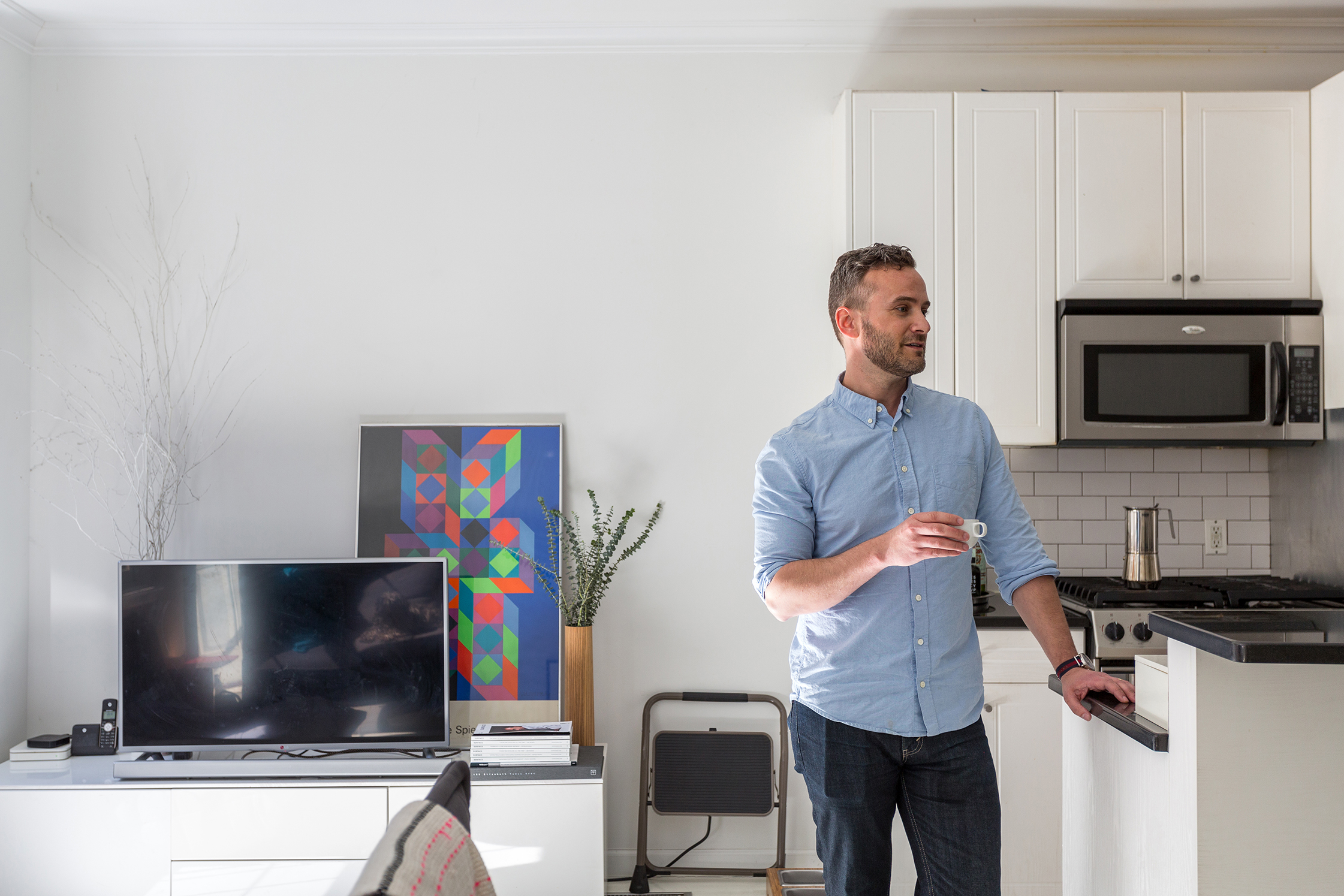
Thank you, Joe, for opening your home to us and for sharing your afternoon. See more from Joe on the Joe Doucet x Partners website and at OTHR.
Visit our archive to meet more inspiring personalities from New York.
This portrait is part of an ongoing collaboration with OTHR, a vibrant hub for unique ideas and new possibilities in design. Visit OTHR for more on this story and the designers they work with and see our previous portrait on co-founder Dean Di Simone here.
Interview & Text: Sean Santiago
Photography: Fran Parente
